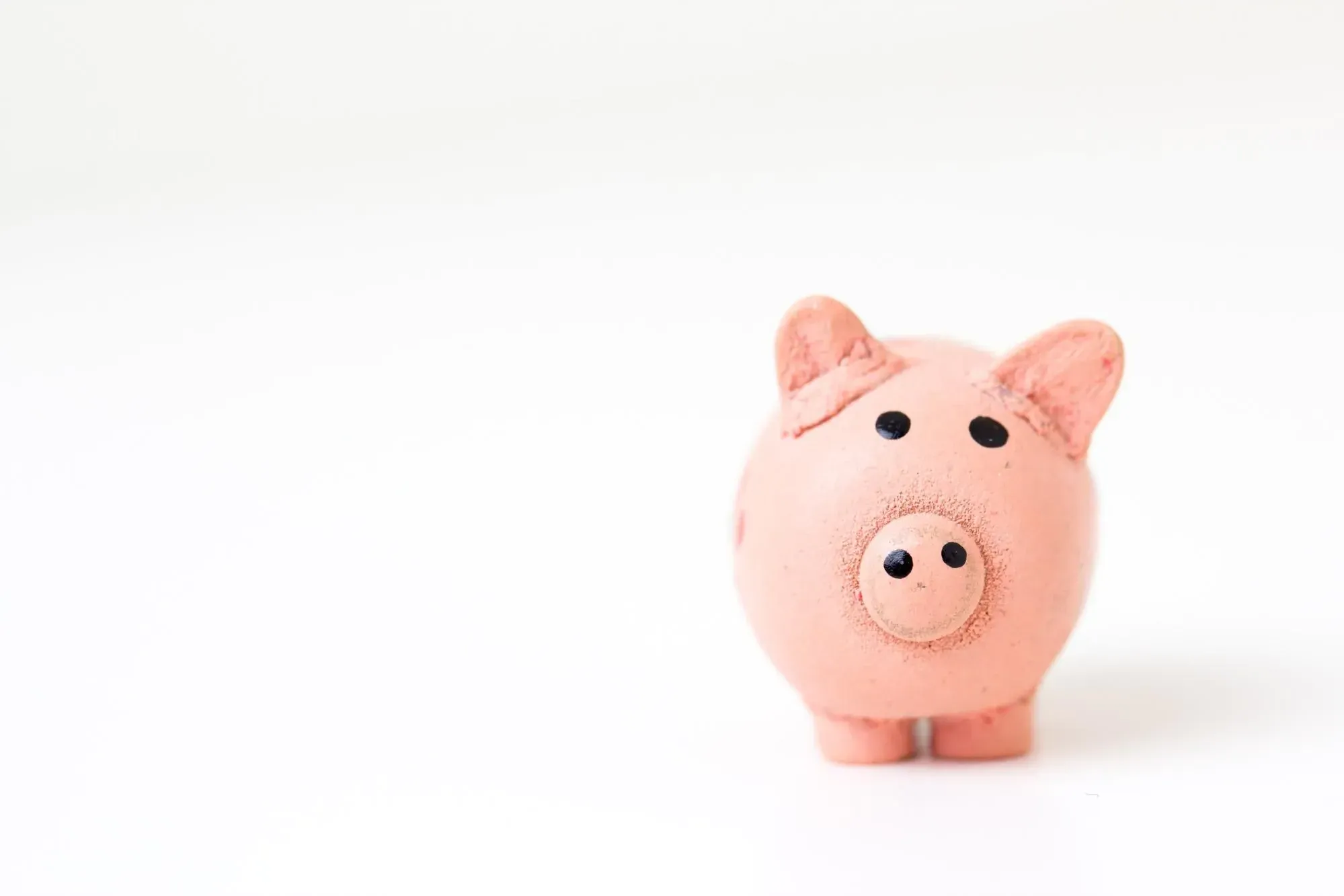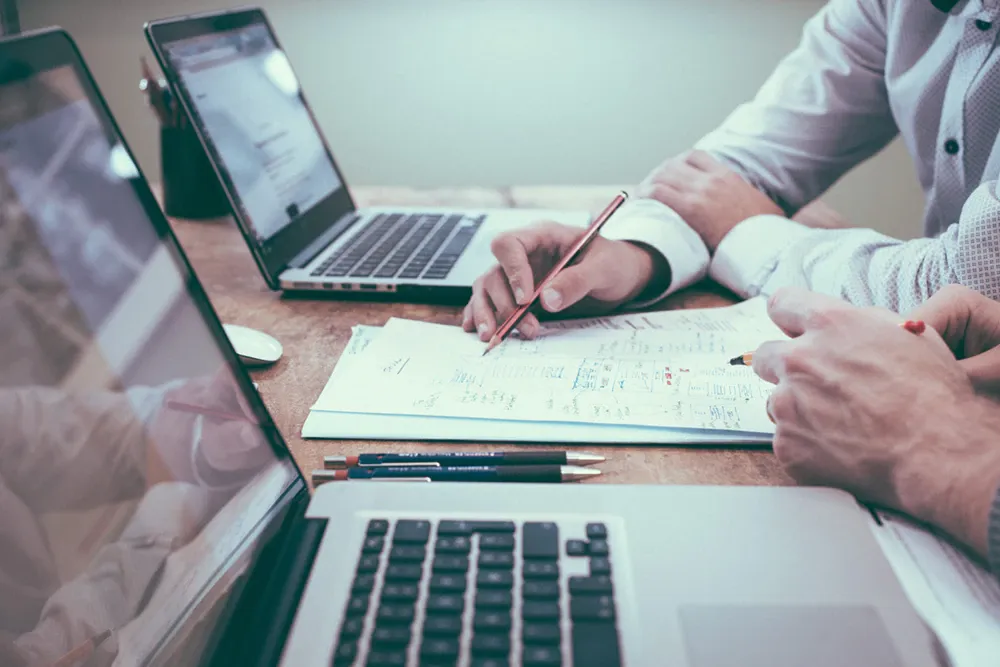Arts Smarts: Arts, expenses, and tax - oh my!

I write a lot about the business end of making a living as a creative. And no matter who I write about, I constantly hear the same bit of advice: “seek help!” In other words, look for professional advice for the areas where you aren’t as strong. The accounting side of things is one of the best examples of this in practice. Getting some professional advice can help you avoid annoying problems by solving them long before they start.
With this in mind, I caught up with Robert from Naked Accounting. Naked Accounting are a team of accountants (obviously), but who also have a strong creative background. Most of the team played in bands in the past, or play in bands now. So they have a pretty good idea of the unique challenges that come from making a living from your creative talent.
Robert shared with me a few things he and the team can help people with. Take a look - these are great ways to save time, money and stress:
Think about GST
OK, here’s a quick rundown of how GST works: every consumer in New Zealand has to pay GST. But businesses who are registered for GST can (usually) claim back the GST component of any expenses they have - like supplies, materials and whatnot.
On the other side of this, these businesses need to charge GST for any services they do. Generally, you can just add this on top of whatever you were going to charge anyway - your clients probably won’t mind, because your services are an expense for them too, so they’ll just claim it back.
This means if you charge a client $200+GST, the total bill will be $230, with a $30 GST component.. But if you also spent $80+GST ($92 in total) on art supplies, then you can claim back the $12 GST component in your GST return.
This means the total GST you will have to pay IRD will be $18 ($30-$12) - even though you charged $30. All this adds up really fast, and all you really need to do is keep track of it.

Track your expenses like a hawk
Robert also helps artists keep better track of their expenses. “Lots of people leave money on the table,” he said, “by not claiming back expenses.”
This is pretty straightforward in theory. If you’re in business for yourself, you only need to pay tax on your income, which is the money you make, minus your expenses. So if you make $10,000 one year, but spend $2,000 on supplies, expenses and other stuff, then you only need to pay tax on $8,000. This is a pretty good way to save money! And it’s not that hard, either.
Robert told me that expenses aren’t just about supplies and materials, either. Do you work from home? If so, part of your rent is now a business expense. That’s money you’re spending anyway!
Put money aside
Robert told me that he can’t stress this one enough. When you’re in business for yourself, nobody’s taking money out for taxes like they are when you’re in a regular job. Rather, you’re responsible for paying your taxes yourself at the end of the year.
This can be a super rude awakening when that bill comes around, if you didn’t put money aside. So Robert reckons anyone who’s making money on their own should make sure they put some aside for the tax bill. Your future self will thank you when the bill comes due!
Have a chat
Even these three tips might look a bit overwhelming - how much do you put aside for tax? How do you pay GST? Is my annual Squarespace subscription an expense, even though it’s for an overseas company?
That’s where Robert and his team come in - they can help you out with these questions, and it really doesn’t cost that much. Even better, they’ve got a deal at the moment. If you’re an artist, they’ll do your annual accounts for $250. That’s your yearly income taxes, your GST and general accounting advice. $250 a year for peace of mind is a bargain if you ask me - so drop them a line and have a chat to get started.


